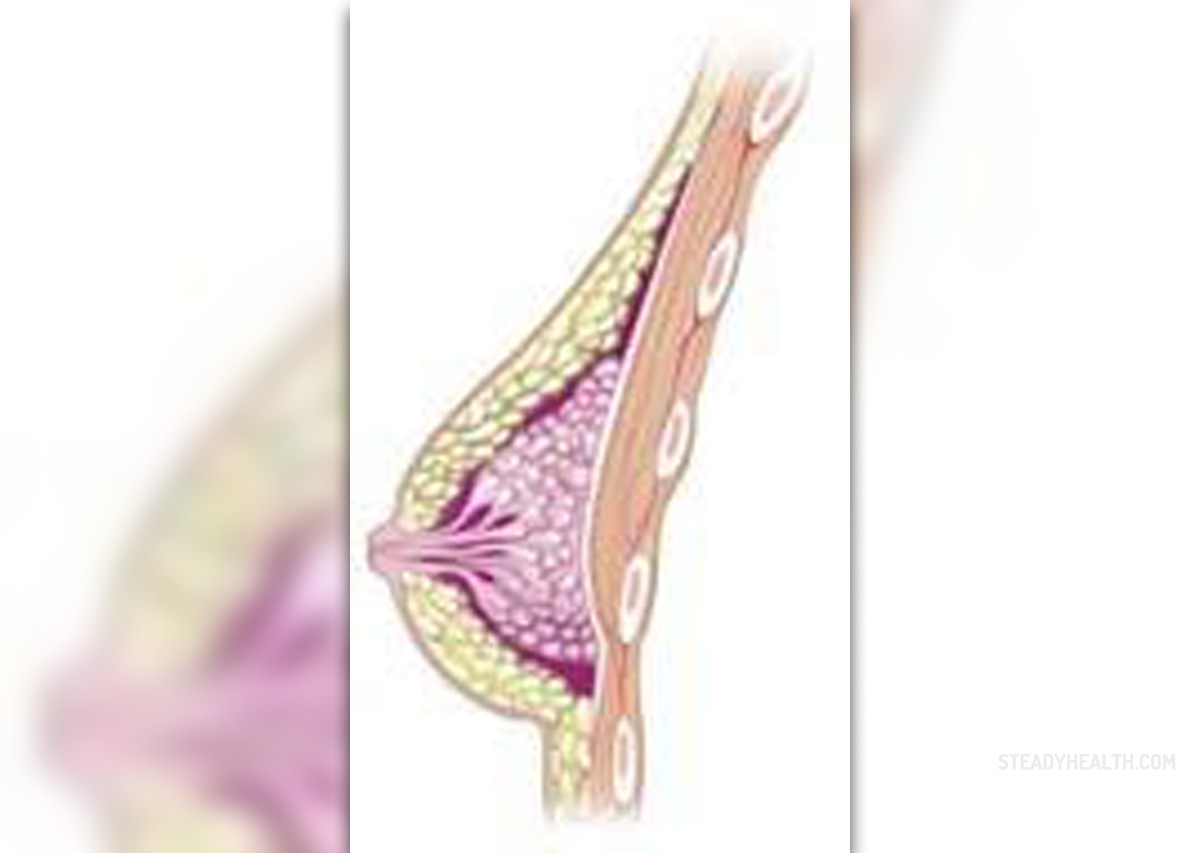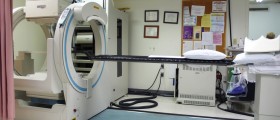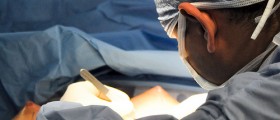
Deposits ofcalcium in the breasts
Accumulatedamounts of the calcium in the breasts, or in other words calcification of thebreast, is a situation which occurs when there is a certain amount of calciumin the human breast. There is actually a way of detecting these deposits, and itis done through performing a mammography. Although there is not much talk aboutthis condition in the media, it is very common, and luckily most typically notmalignant. There are some instances in which this calcification can turn out to bethe beginning of a cancerous process. Because of this, each instance ofcalcification is meticulously examined.
Thismedical issue is rather frequent among females, and most of them suffer from itafter they reach menopause. Among breast calcifications we can differentiatetwo subtypes – macrocalcifications and microcalcifications. The latter looklike small-size marks in the tissue, and the former resemble rather large spots.In some special cases, it so happens that some of these calcifications start toform clusters and take the condition to cancer sometime in the future. But, allthings considered, this condition known as calcification is seldom cancerous.
The evaluationof calcifications
The identificationof the calcification can be made after it has been viewed through an X-ray image. Itallows the specialist to perceive the size, mold and number of the spots. Theyare classified as benign, those that are just potentially malignant and those thatare questionable.
Those depositsof calcium in the breast that are considered non-malignant and they arefollowed from one year to another. Furthermore, deposits of calcium which arejust potentially benign turn out in 98% of the cases not to be malignant in theend. The ‘suspicious’ subgroup cannot be clearly and easily classified asbenign or malignant. According to some estimates, one out of four people with breastcalcification will develop cancer of the breast.
In somecases a biopsy needs to be performed with a view to getting a better insightinto the tissue of the calcification and to get a more accurate estimate as tothe potential danger of the deposit of calcium. The benign instances of depositsof calcium in the breast are monitored after they have been detected as such. Yourdoctor will probably advise you to go do a mammography twice a year to makesure you are able to find out in time if it becomes malignant and to increaseyour chances of getting rid of it. If nothing happens in the next year,mammography is done once a year from that moment on.









_f_280x120.jpg)







Your thoughts on this
Loading...